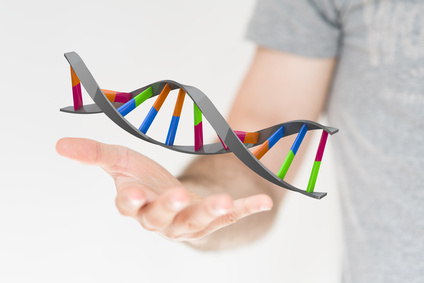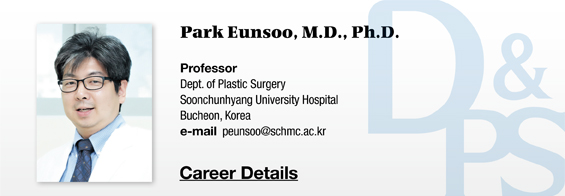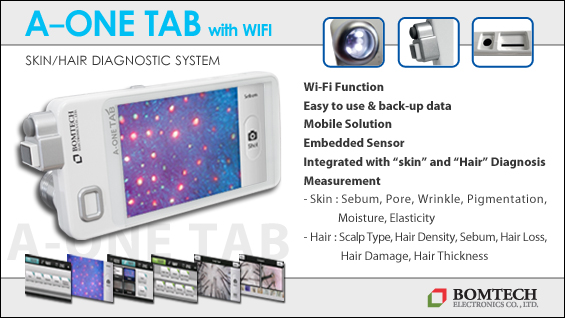Adult Stem Cell
Continuing from the last chapter on human embryonic stem cell (hESC), we will discuss adult stem cell (ASC) in this chapter which can be obtained directly from the target patient, raising less ethical issues and immune rejection, and induced pluripotent stem cells (iPS or iPSC), which have induced pluripotency as in ESC by turning differentiated somatic cells back to a phase before the differentiation by injecting differentiation-related genes.
1. Definition of ASC: ASC means the stem cell present in a mature tissue or organ. Cells have vigorous division and differentiation capacities in the early stage of development and stop the growth and differentiation altogether after completing the maturation. A part of the cells in the differentiated tissue remains undifferentiated, which is called h stem cell.
2. Origin of ASC: Unlike hESC, which originates from inner cell mass, the origin of ASC is not clear but is confirmed to be present in various tissues in a human body. There are only small numbers of ASCs left in our body and most of them remain in undifferentiated condition, without reaching the final differentiation stage. ASC can be characterized by two major points: first, it can produce the same cell as itself for a long time, and second, it can grow to be a mature cell with a certain morphologic profile and function. One example of ASC is a hematopoietic stem cell in the bone marrow. Yet, the origin of ASC has not been identified, but it has been speculated that a part formed during embryogenesis and left out from differentiation later becomes ASC. The accurate origin and location of ASC could not be identified because there was no tissue-specific stem cell marker. Stem cells are present inside a special group called niche in a particular cell, and the microenvironment of this niche determines stem cell activity and controls the balance between the maintenance of a stem cell group (associated with tissue differentiation) and progenitor cell production. Identification and isolation of ASC, or a stem cell inside a tissue, depends on whether there is a cell-specific marker. Other methods of identification are using special color and confirming DNA retention, the availability of forming a colony, and the capability of differentiation to a specific cell lineage as with a mesenchymal/stromal stem cell. Dye exclusion method allows separation of side population by ABCG2 (or BCRP1). These materials belong to ABC transporter group and are utilized as markers of pluripotent cell inside various adult tissues. Another method for identification of ASC is DNA labeling retention; because DNA marker is attenuated and becomes shortened by cell differentiation, a stem cell has longer DNA marker during the resting phase compared to differentiating cells.
[Advertisement] A-One Tab with Wi-Fi(Skin/Hair Diagnostic System) – Manufacturer: BOMTECH(www.bomtech.net)
3. Profiles of ASC: ASCs are known to have limited differentiation capacity compared to ESCs. Because there is only a small number of ASCs in a particular tissue, it takes much time and effort to obtain a sufficient amount of ASC. A lot of studies have developed culture technologies for ASC, which are currently applied to various studies. Bone marrow, peripheral blood, brain, spinal cord, teeth, blood vessel, muscle cell, epidermis, digestive system, cornea, retina, liver and pancreas are adult tissues that are known to contain stem cells. Fat stem cells are the most accessible and abundant among ASCs. In plastic surgery, fat stem cells are gaining more and more attention with the development of liposuction and fat graft, and we will discuss this issue further in the next chapter. It has been known that ASC can differentiate to the cell that it is originated from, but recent studies found that it can differentiate to the cell in other tissues (transdifferentiation), giving rise to studies on this issue. A hematopoietic stem cell is by far the most well analyzed and understood ASC among the known ASCs. It is also the most actively used stem cell for clinical treatments. A hematopoietic stem cell can self-reproduce and is capable of differentiating to the stem cells of a white blood cell, a red blood cell, macrophage, etc. A human hematopoietic stem cell expresses CD34 antigen, which is clinically used for identification and isolation of progenitor group. Further studies also reported that Thy1, CD38, C-kit, CD105 and Kin, in addition to CD34, are markers of a human hematopoietic stem cell. A mesenchymal stem cell is known to be capable of differentiating to the tissues belonging to the mesenchyme of bone, cartilage and fat under a particular cell culture environment. According to the studies, the pluripotency of a mesenchymal stem cell comes from increased cell activity and the inhibition of particular transcription factor expression. These profiles led to most active studies on mesenchymal stem cell, among other ASCs, and it is expected to be used in various fields. A satellite cell is an ASC present in the muscle and was first reported in the 1960s as a progenitor cell in the skeletal muscle. It plays a role in recovering the functions of skeletal muscle when it is injured. When a muscle cell is stressed by physical and chemical factors, the satellite cell is stimulated and activates muscle transcriptional regulatory factor to change it to myoblast. A neural stem cell is present in the nervous system, even in adults, and forms the overall nervous system by various differentiation routes. The fact that stem cells which can differentiate to various cells exist in the cord blood also gained much attention. Because this stem cell is originated from an embryo, which has no established immune system, it causes less rejection reaction after transplantation and can be individualized for each patient.

iPSC
Shinya Yamanaka’s team at Kyoto University first succeeded in generating pluripotent stem cells like ESC in 2006 by introducing several genes into mice dermal fibroblasts and then succeeded generating induced pluripotent stem cell in 2007 by introducing those genes in adult skin cells. As a credit for discovering and demonstrating the fact that mature differentiated cells can be dedifferentiated to immature cells and developed to other tissues, Prof. Shinya Yamanaka and Prof. John Gurdon were awarded the Nobel Prize in Physiology and Medicine in 2012.
1. Definition if iPSC: Human induced pluripotent stem cells (hiPSCs), the center of interest since its first establishment in 2007, are stem cells generated by inserting genetic factors that are involved with the maintenance of somatic cells in undifferentiated state and are dedifferentiated cells with profiles similar to ESC. iPSC, like ESC, can differentiated to every type of cell. Studies are underway to use the iPSCs established from various tissues by dedifferentiation.
2. Generation of iPSC: Being a recently established stem cell, iPSC is still in the early phase of studies on the applicability. Since it is a dedifferentiated cell, most studies are focused on the comparing the difference in culture, differentiation capacity and epigenetics with ESCs. iPSCs are generated by delivering gene expression reprogramming factors to somatic cells by means of virus vector or by combining the factors with protein transduction domain, which turns differentiated cells back to stem cell condition. Transcription factor Oct4, which is known to play an essential role in the maintenance of stem cells in undifferentiated state, Sox 2, which is an important factor controlled by Oct 4 and maintains the undifferentiated state, and c-myc and Klf4, which are involved with maintaining and proliferating ESC phenotype during in vitro culture, are mostly used as the reprogramming factors. In order to generate iPSCs, ① the factors should be selected, ② the method to deliver the dedifferentiation factors into the cells should be determined, ③ the type of somatic cells to be dedifferentiated should be selected, ④ the methods to measure and analyze the expression of dedifferentiation factors should be determined, ⑤ the culture environment for establishment should be optimized, ⑥ established iPSC should be safely secured, and ⑦ the established iPSC should be increased to a large amount and profile analyses should be conducted. In order to increase the reprogramming efficiency or to replace the role of some transcription factors, various factors, such as valproic acid, 5-azacytidine and Wnt3a, are being utilized.
3. Profiles of iPSC: Zhang et al. (2009) induced the differentiation of iPSCs to myocytes and compared the differentiation capacity with hESCs. The myocytes differentiated from iPSCs had similar expression pattern of myocyte markers from that of myocytes differentiated from hESCs. The authors also succeeded in differentiating somatic cells donated by patients to motor nerve cells, suggesting that it is possible to use iPSCs for individualized treatment for each patient. Another study is underway to determine whether the previous method for inducing hESC differentiation could be also applied to iPSCs. More and more studies are reporting that iPSCs can be differentiated to various types of cells. Since they are originated from somatic cells, the lack of immunity rejection reaction after transplantation is also considered as a groundbreaking merit of iPSCs. However, risks that might arise by using virus as a carrier need to be ameliorated. Recently efforts are being made to improve the virus-mediated delivery by attempting to use Oct4 and Sox2 only, without c-myc, among those factors and to deliver dedifferentiation factors by means of protein introduction, so that iPSCs could be used for cell therapy. A recent study reported to have generated iPSCs by delivering the 4 dedifferentiation factors through protein and confirmed the expression of all markers of ESC.
-To be continued-
▶ Previous Artlcle : #4. Stem Cell: Human Embryonic Stem Cell
▶Next Artlcle : #6. Stem Cell: Adipose-Derived Stem Cell Ⅰ





















